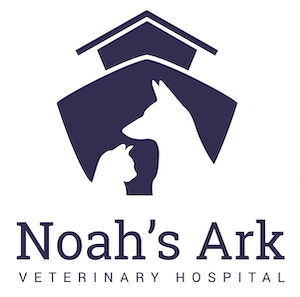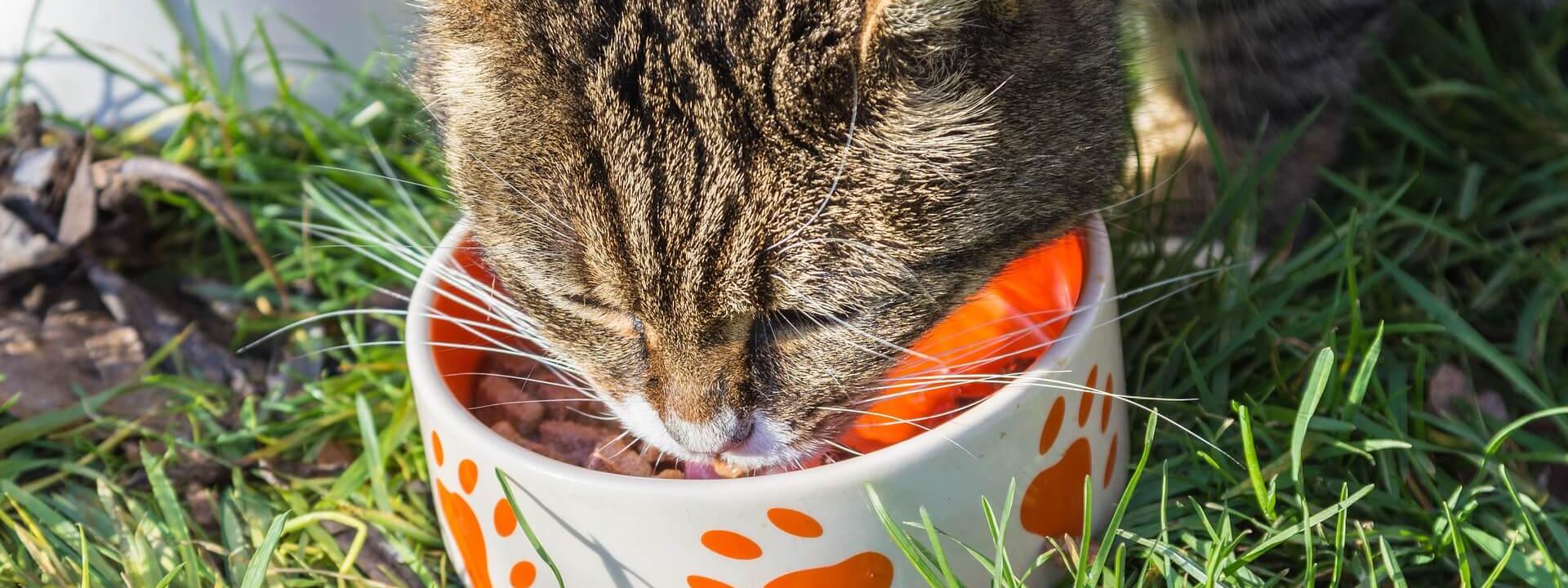Our favorite felines can be notoriously picky eaters, which makes choosing the correct food for your cats a tricky balancing act between a food’s nutritional value and your cat’s selective palate.
Many cat owners, for example, have cats that favor dry kibble over wet food from a can or pouch (or vice versa). You may have heard concerns that dry food is bad for cats and can affect the health of their kidneys, urinary tracts, and even teeth.
In short, the nutrition cat food contains is much more important than whether it’s wet or dry, but if you’re concerned about what food is best for your cat, read on.
Carbohydrates vs. Animal Proteins and Fats
A diet with too many carbohydrates is one of the leading causes of obesity and diabetes in felines. While cats do need a small amount of carbohydrate in their diets, they are carnivores by nature (while dogs are more omnivorous) and their bodies thrive best on meaty proteins and fatty acids.
Dry cat foods typically contain more carbohydrates than wet food because many dry foods use grains, such as cornmeal and rice, to process the kibble. Some cat foods even contain proteins from vegetables rather than meat, which is also not ideal for your carnivorous cat.
Instead, cats need food low in carbohydrates and high in animal fats and proteins. While some dry foods do contain an acceptable amount of carbohydrate with little or no grain or vegetable products, these are often specialty brands. When shopping for cat food, read the ingredients list and try to minimize ingredients stemming from corn, rice, beans, peas or potatoes.
Regardless of whether you choose dry or wet food, your focus should be on the nutrients it contains. If you need a little guidance about what to look for, read my care guide “Understanding Pet Food Labels.”
Moisture Content
Cats typically drink little water throughout the day. In fact, they have a reduced thirst drive compared to other pets, meaning that they sometimes don’t feel thirsty despite being dehydrated. As a result, cats rely on their food as a major source of their daily water intake.
Naturally, wet food contains a lot more water content than dry food. This better simulates what cats would eat in the wild, as small prey also contain more moisture than dry foods. Extra moisture promotes kidney, bladder, andurinary tract health for your cats. On the other hand, prolonged dehydration can irritate your cat’s urinary tract and possibly lead to kidney disease.
Many people believe that dry food has the advantage of cleaning cats’ teeth (because it’s not as soft as wet food), but the evidence is slim. The best solution is regular dental cleanings, regardless of what kind of food you’re serving.
If your cat prefers dry food but needs to drink more water, you can always try sprinkling some on the food! It’s an easy way to get one of the benefits of wet food without changing brands.
How to Transition to a New Type of Cat Food
If you want to change the food your cat is eating (including between different brands), it’s important to do so gradually; abrupt changes can cause upset stomachs in any pet.
If your cat isn’t used to eating at fixed times, the first step is to begin feeding on a routine. Start by setting dry food out 3-4 times a day, and be sure to take it away after 20-25 minutes. Then, you can begin to remove additional times until you’ve reached your goal feeding times.
Regardless of whether you’re transitioning between wet and dry foods or between two brands, avoid abruptly substituting one food for the other. Instead, feed your pet a mix of the two foods, gradually shifting from mostly the old food to the new food.
If you’re having trouble transitioning your cat from one food to another or have any other questions about pet nutrition, please contact your veterinarian.

